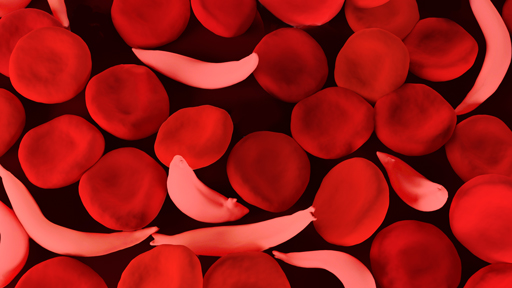Resolving a 40-Year-Old Debate
Five haplotypes containing this mutation have been defined (Arabian/Indian, Benin, Cameroon, Central African Republic/Bantu, and Senegal), each representing what has been thought to be an independent occurrence of the mutation. These haplotypes have been associated with different degrees of clinical severity. In addition, there are several haplotypes that do not correspond to the five ethno-linguistic groups or geographic regions and are referred to as atypical.
Study findings:
1. We defined a new haplotype-based classification scheme which simplified the five classical ethno-linguistic or geographic designations into three clusters that also subsumed atypical haplotypes.
2. We resolved a 40-year-old debate about the multi-centric or unicentric origin of the sickle allele in favor of the latter, with an estimate that the founding mutational event occurred approximately 7,300 years ago during the most recent wet period of the Sahara.
3. We identified a new set of 27 genetic variants inherited with the sickle allele that may influence disease severity.
4. We raised the possibility that the Arabian/Indian, Cameroon, and Central African Republic haplotypes belong to the same cluster. If confirmed, this finding will have important implications for disease severity classification and how patients are treated.
5. Our findings also provided new insights into paths of migration both across Africa and out of Africa.
Overall, it is hoped that this improved characterization of the sickle allele will help clinicians redefine sickle cell subgroups and treat patients more effectively. This study is reported in the April 2018 issue of The American Journal of Human Genetics. It has also gained worldwide attention, including recent articles in the New York Times, the BBC News, Science Magazine, and others.



